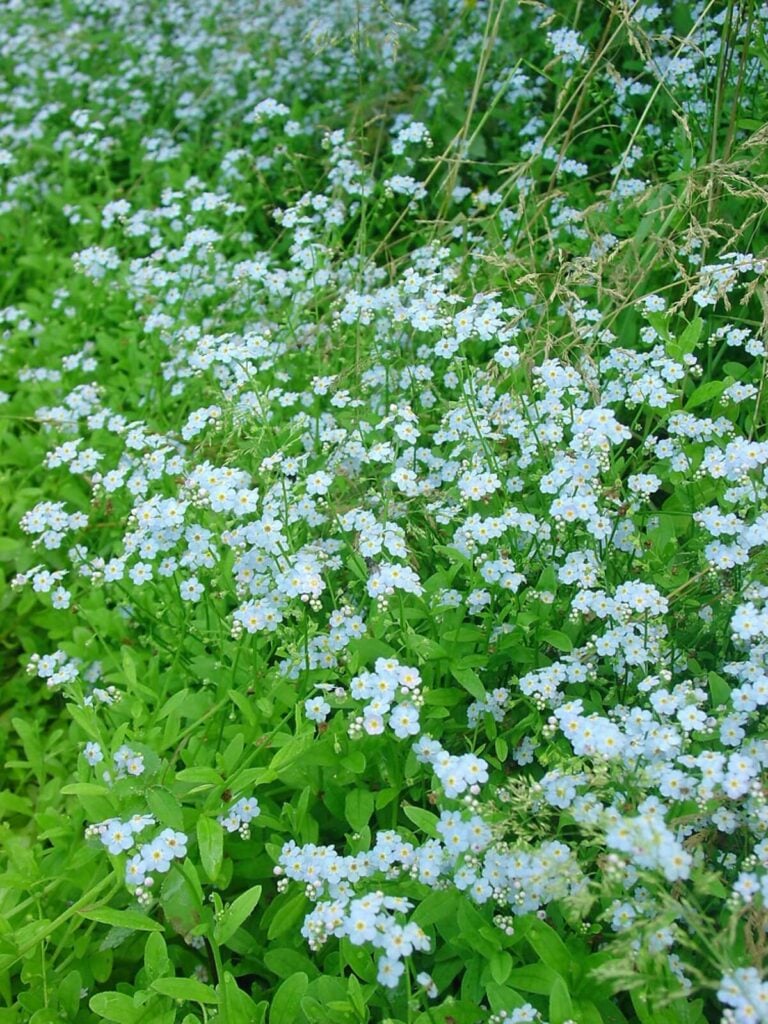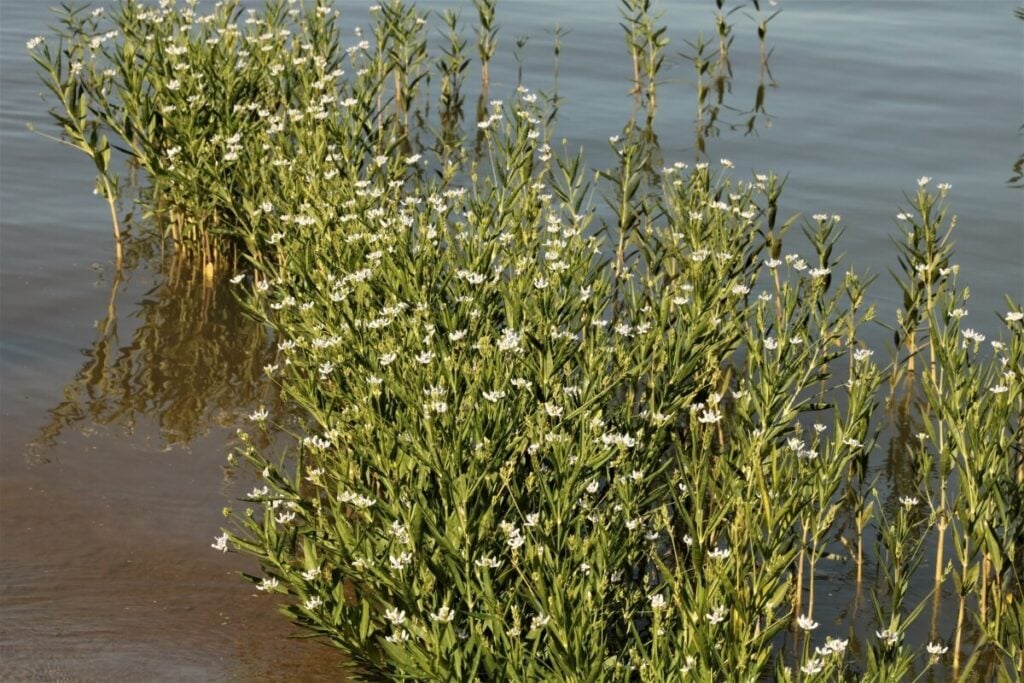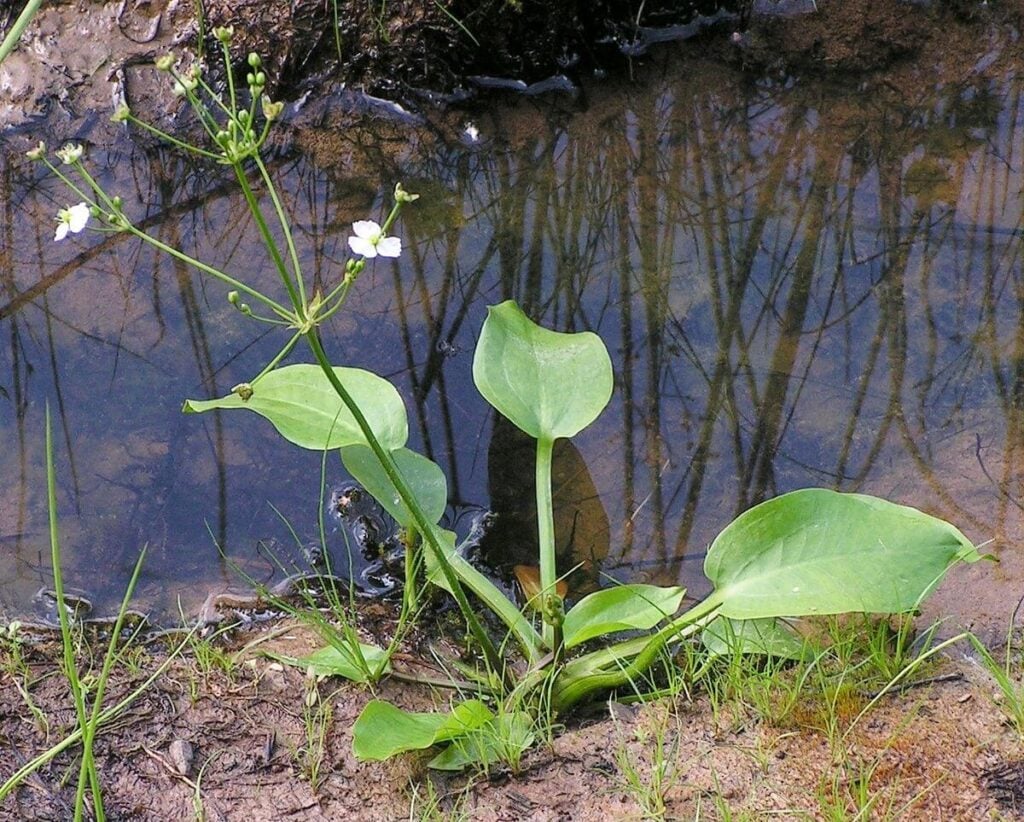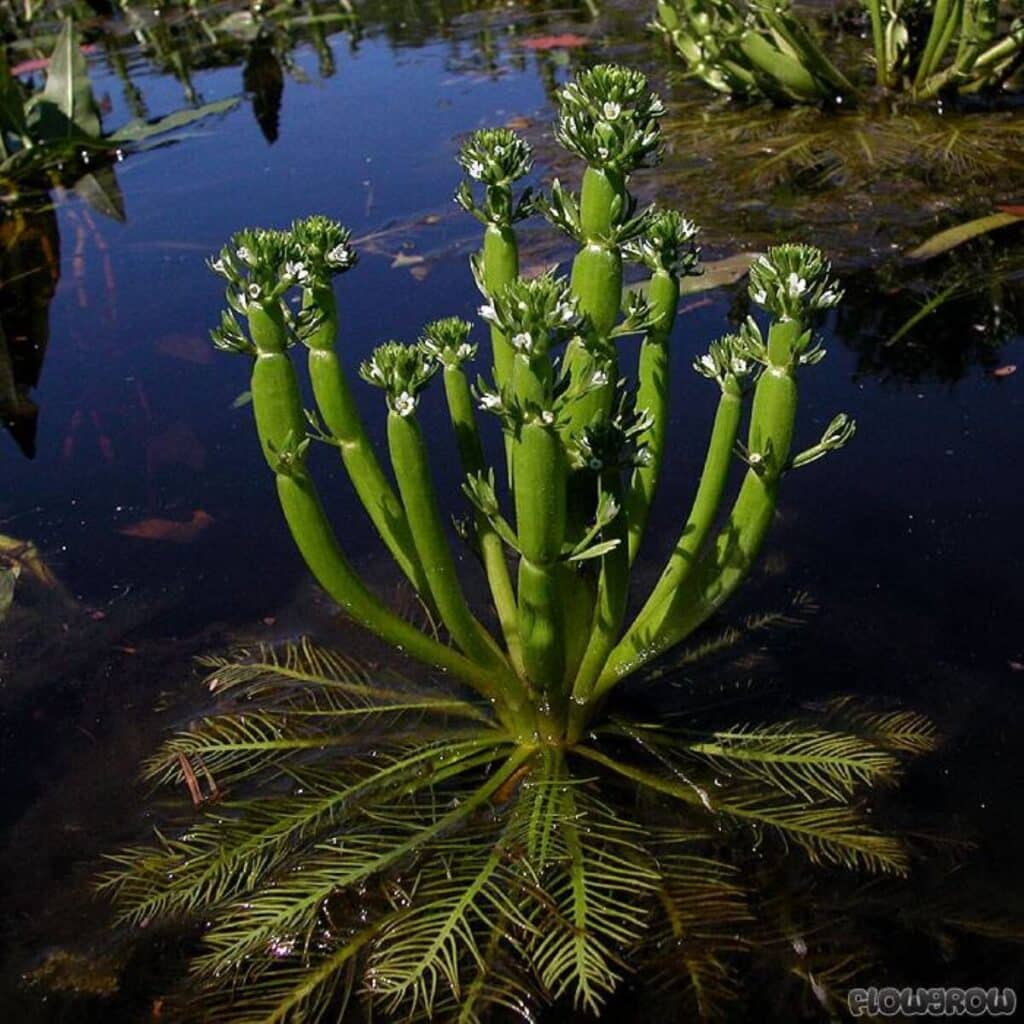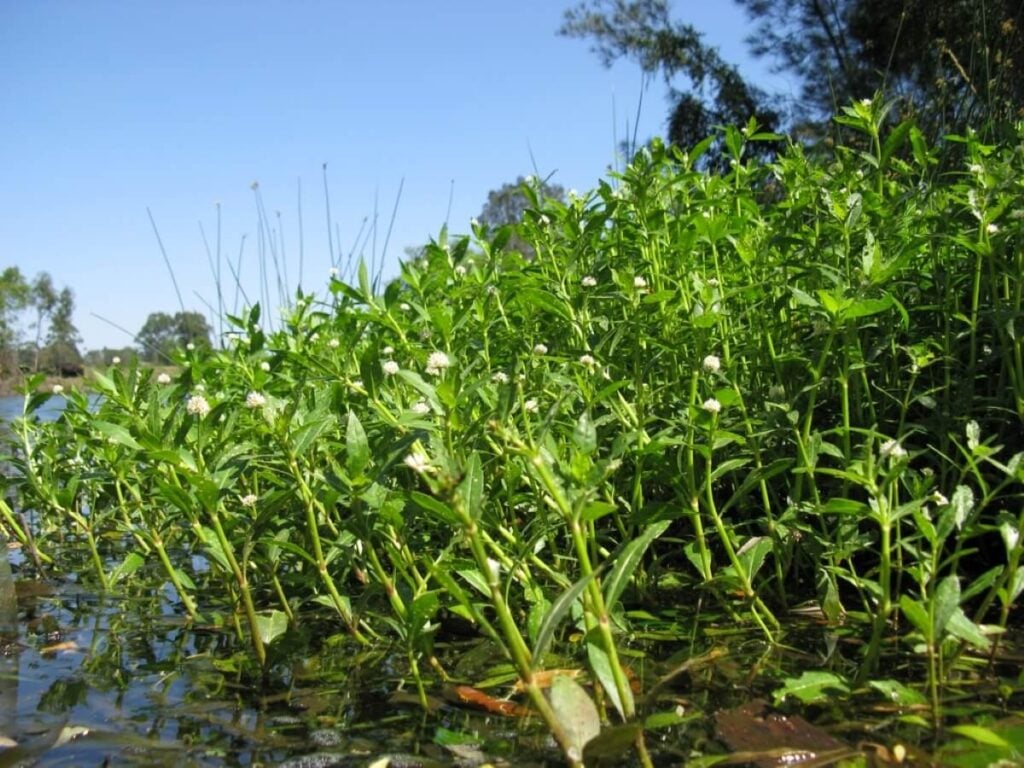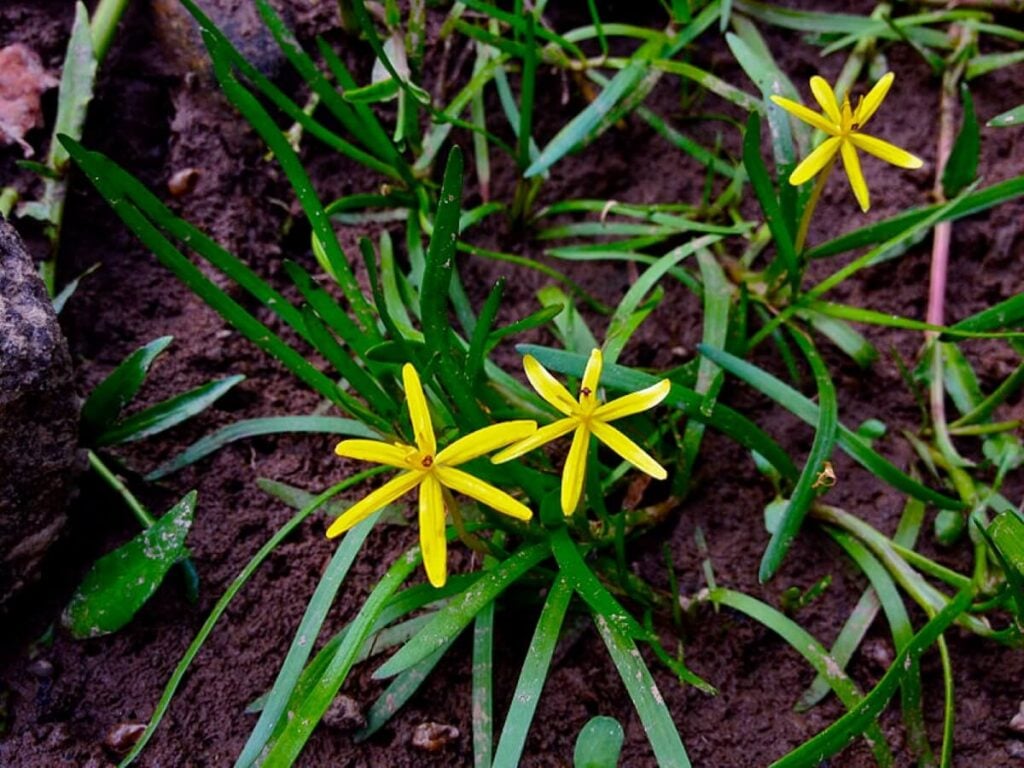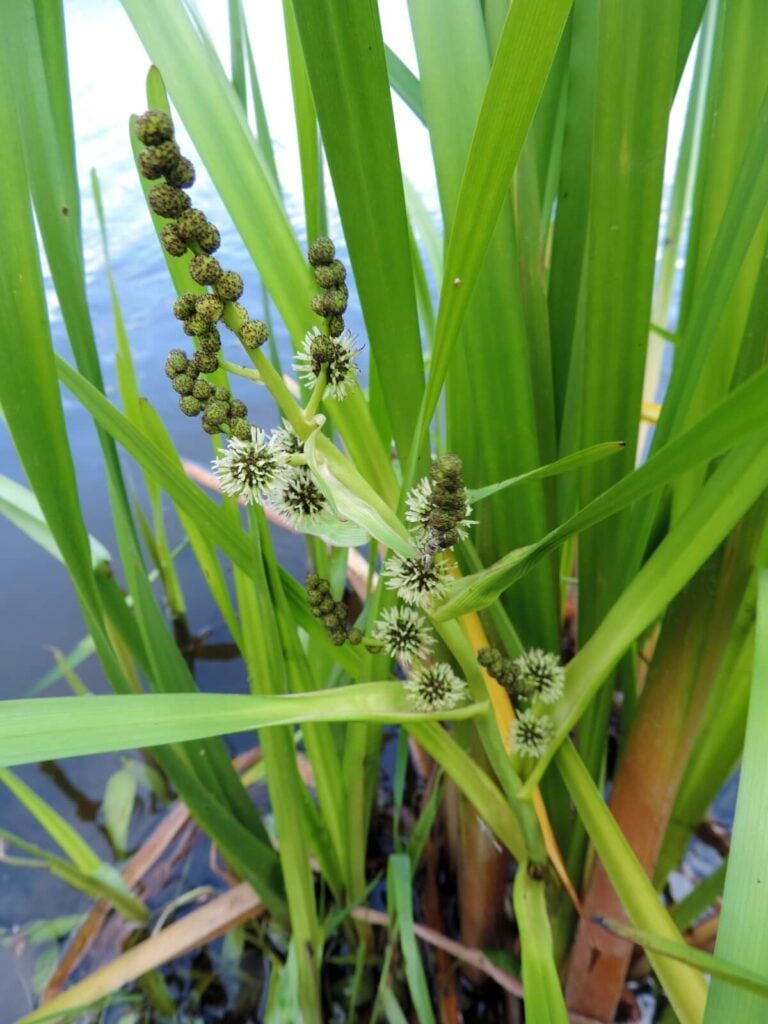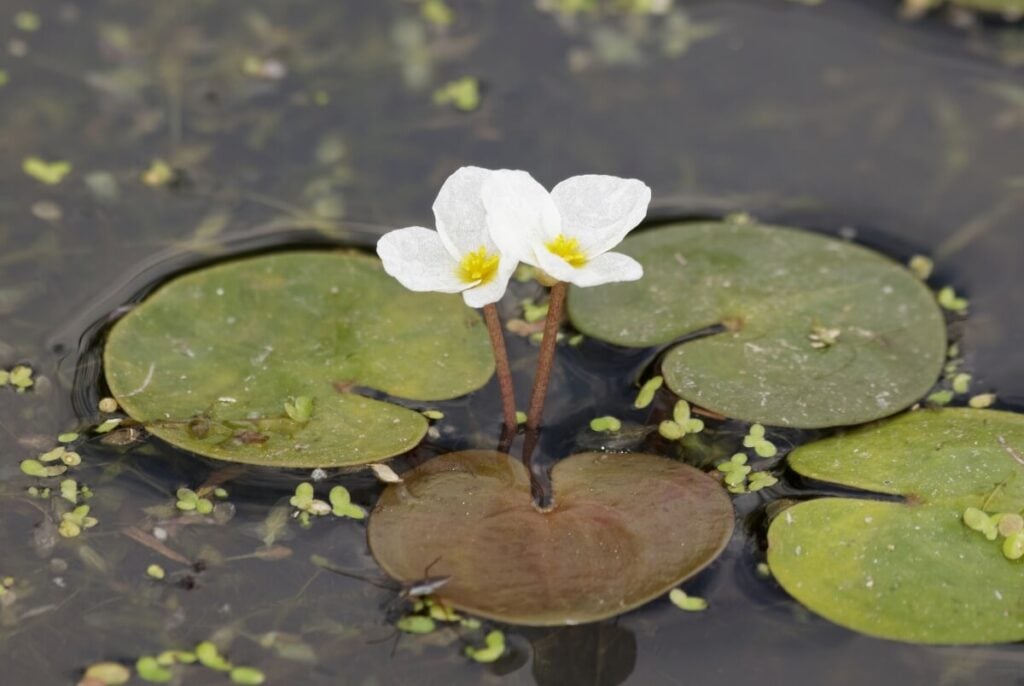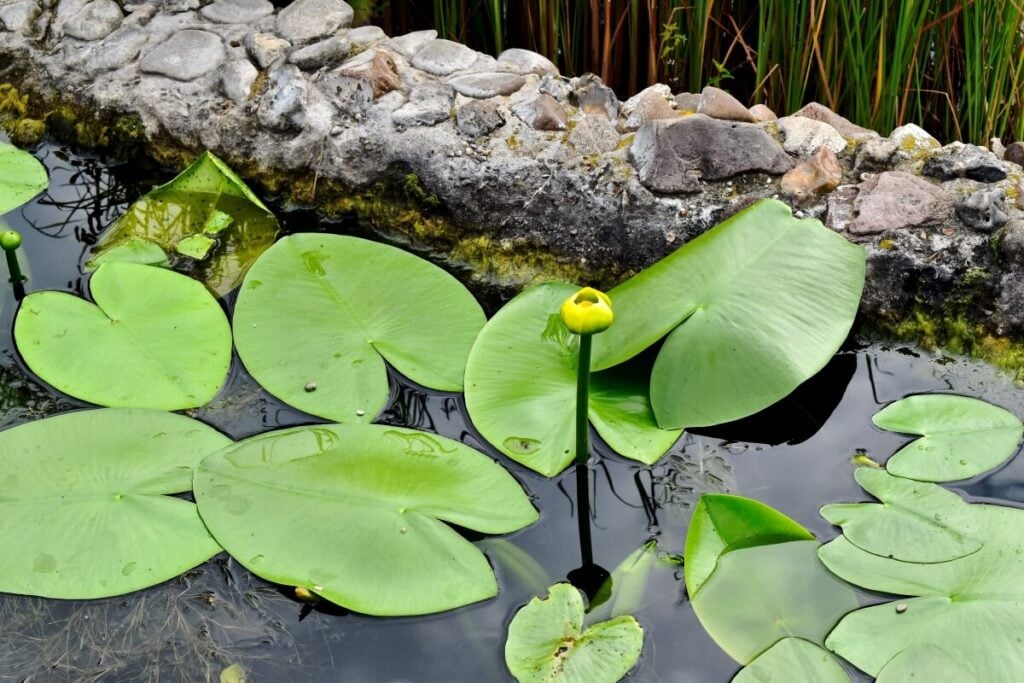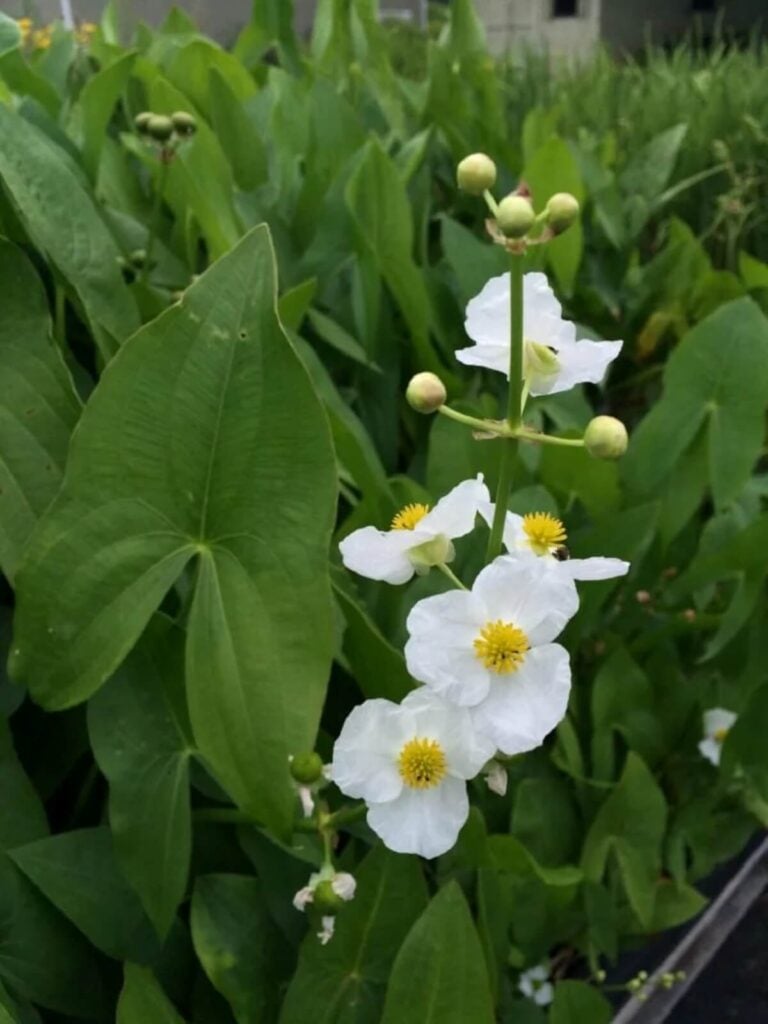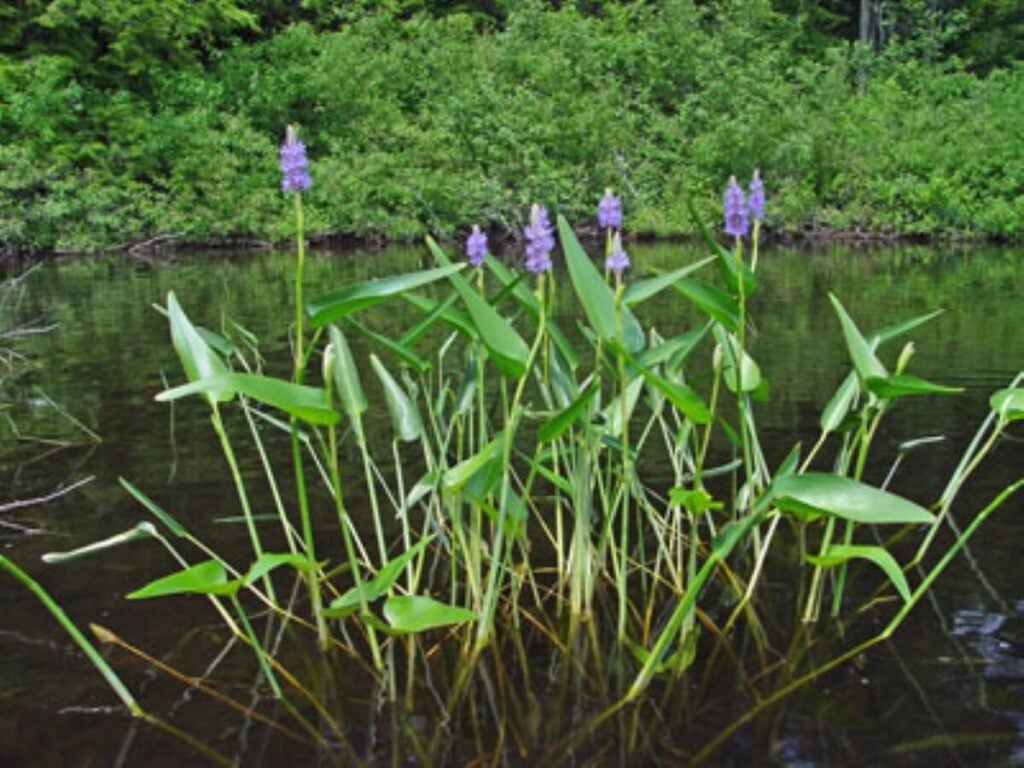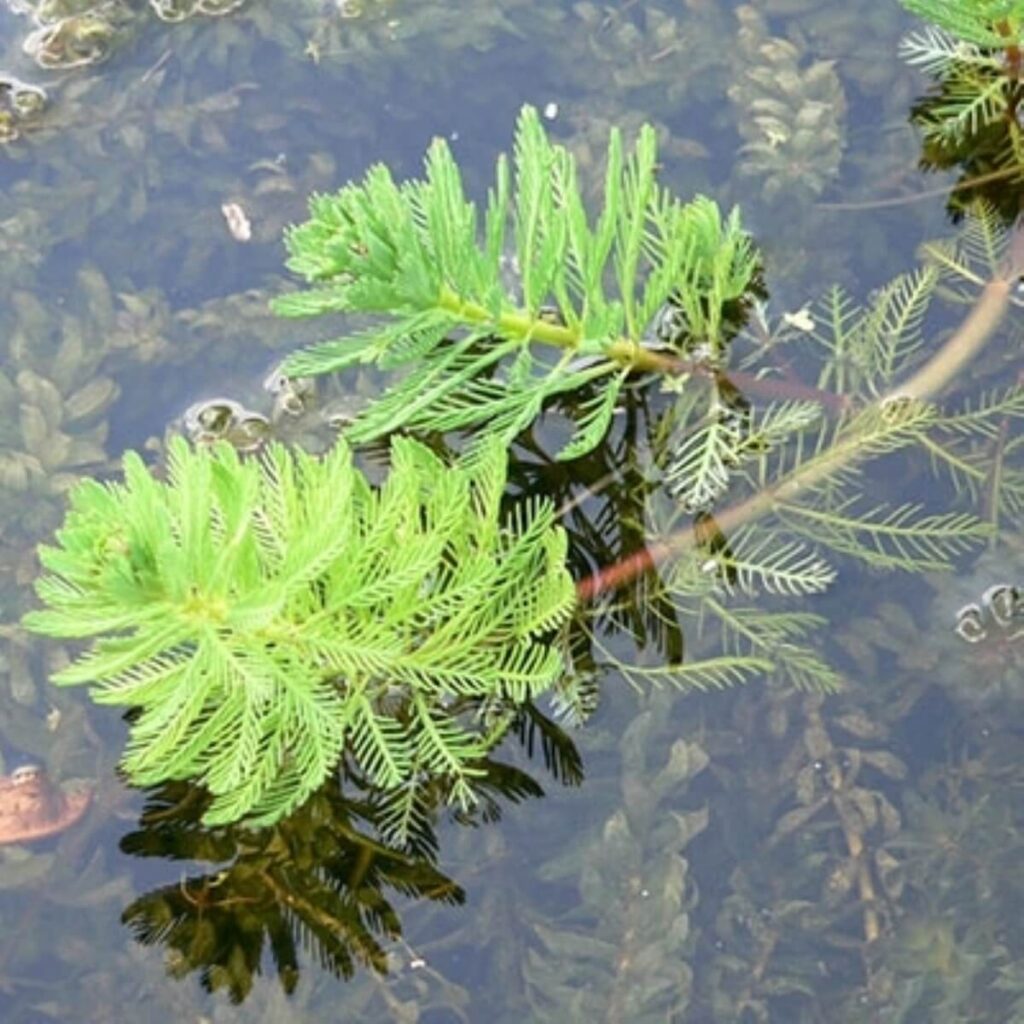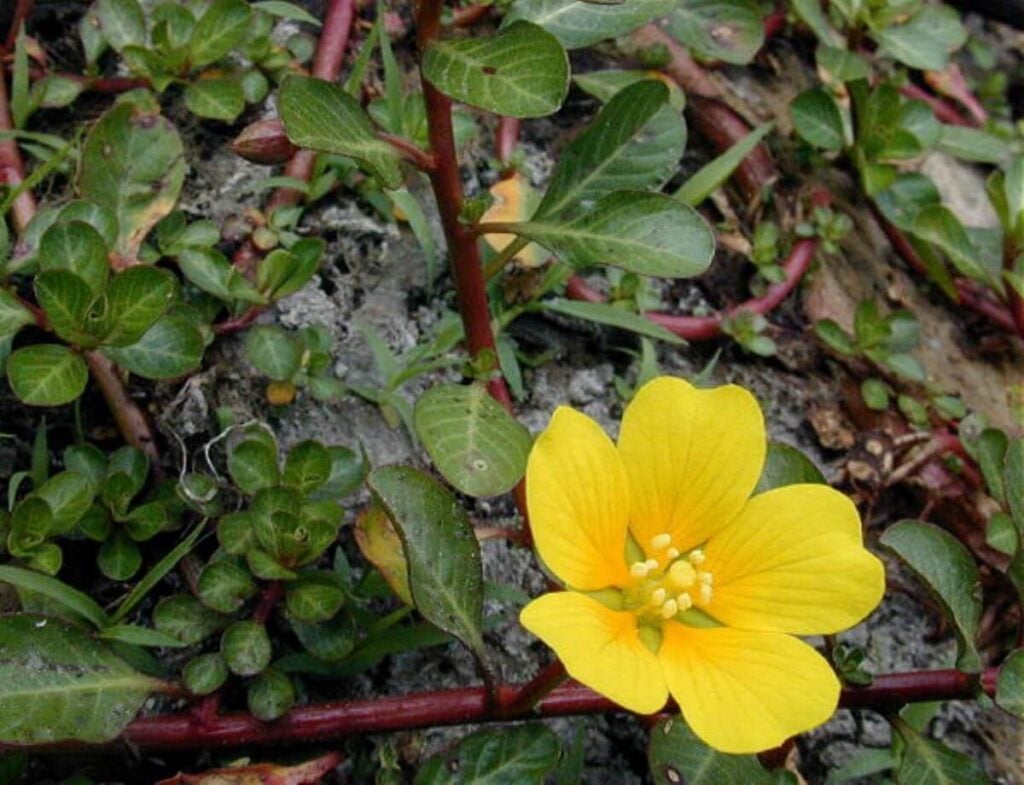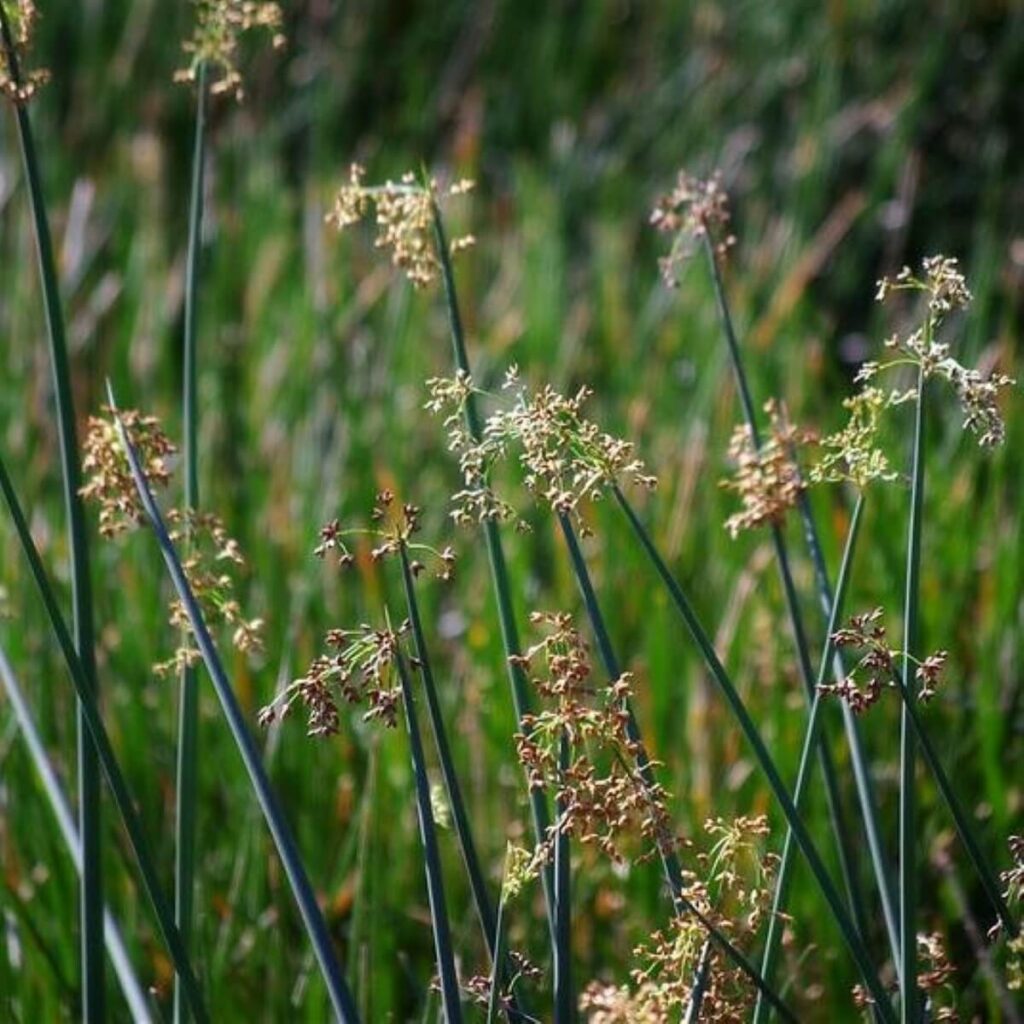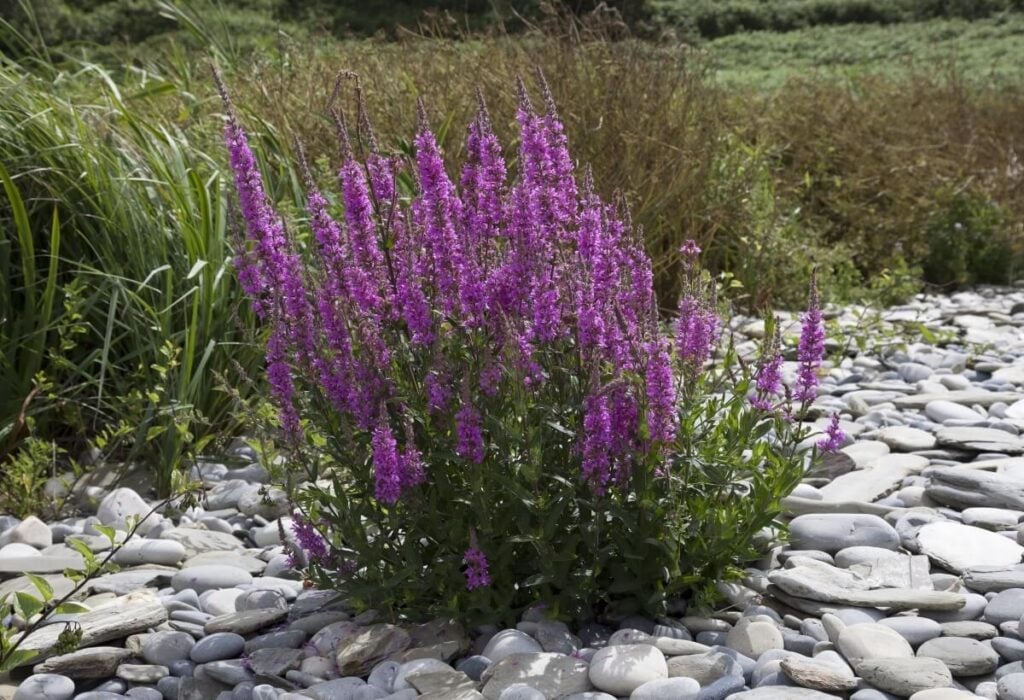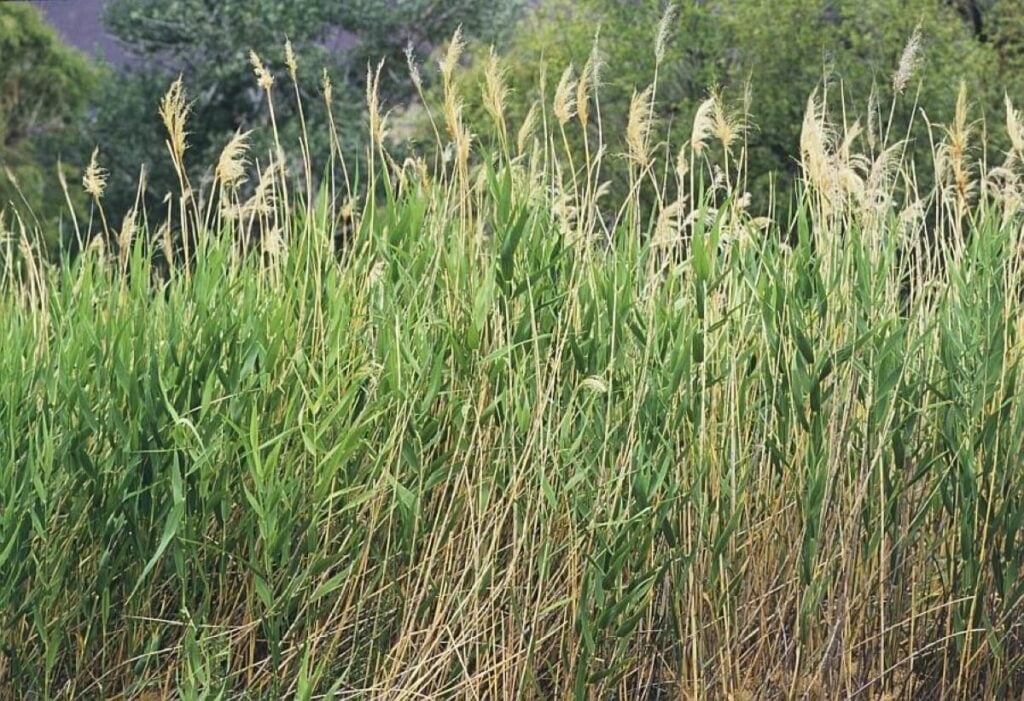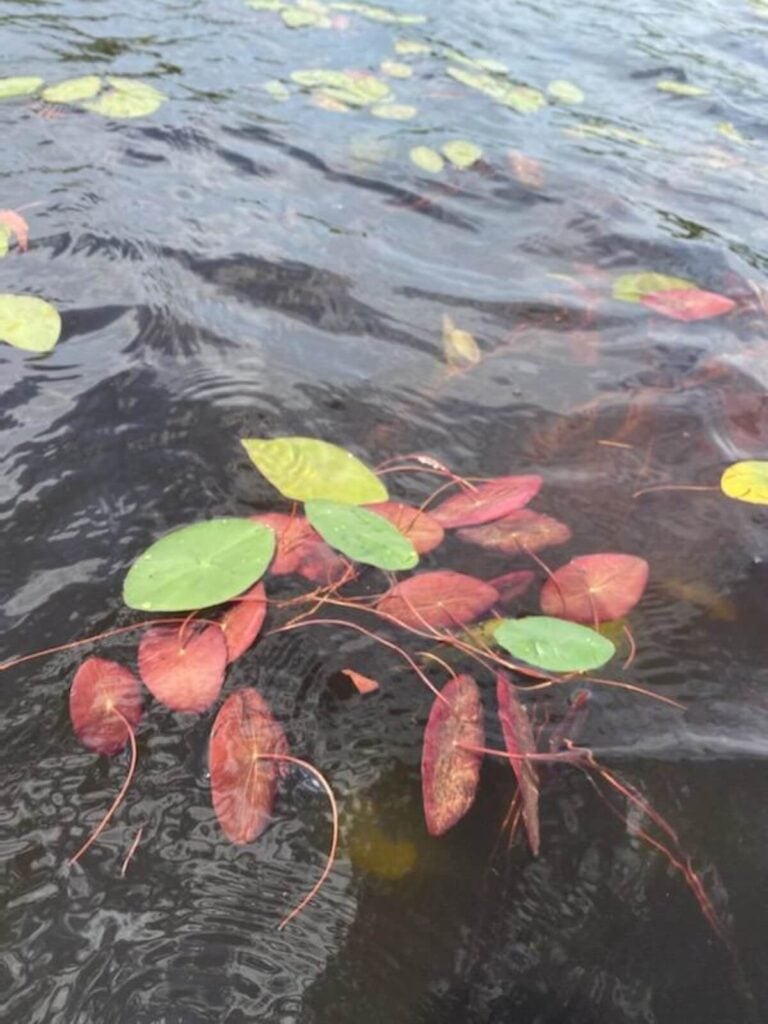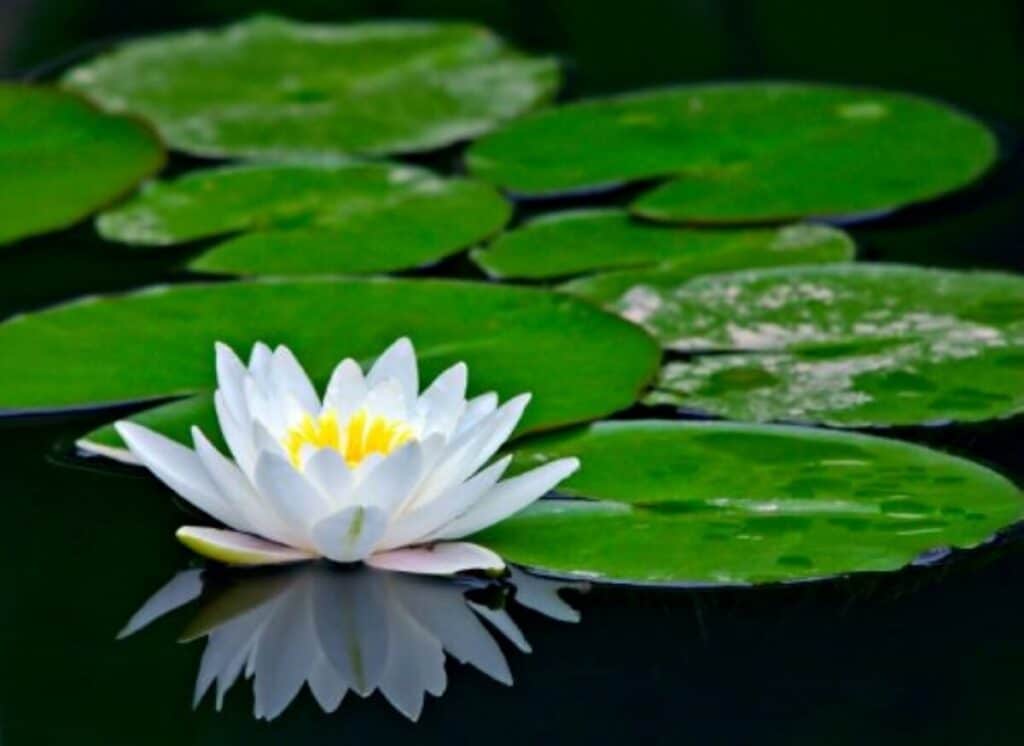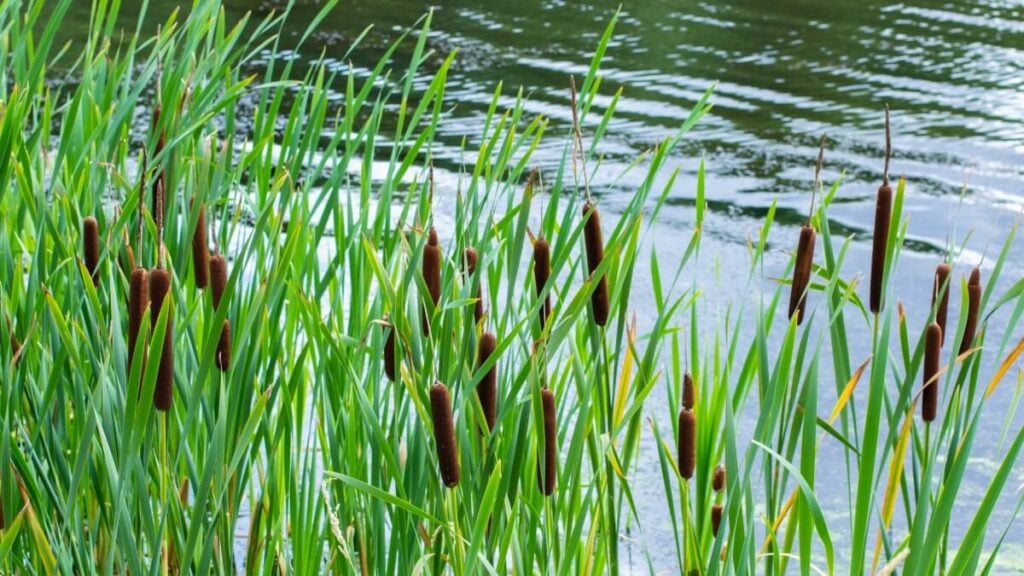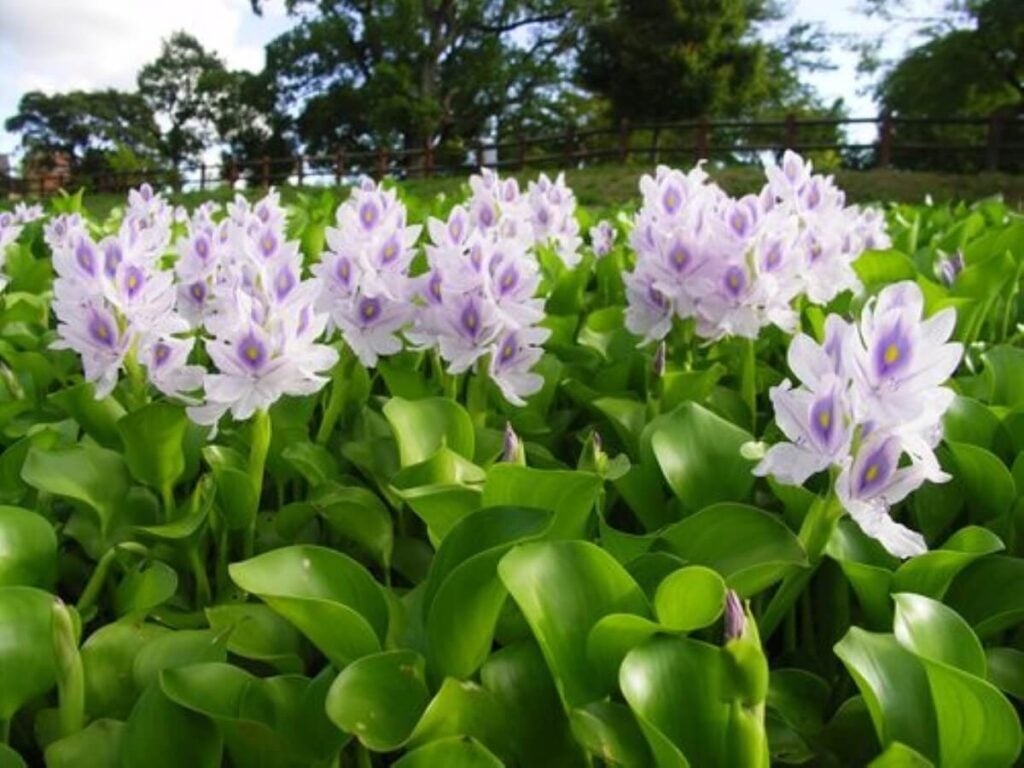Aquatic Forget Me Not
Many people ask how to get rid of aquatic forget me not. The following options can be considered for how to control aquatic forget me not. Click here to read more about identifying this plant. Manual/Mechanical Control: If you are considering how to remove aquatic forget me not, physically pulling this plant and digging…
Read MoreAmerican Water Willow
Growing in shallow water or mud, American water willow can be found across much of the United States, mostly the eastern half. Controlling this plant completely can take multiple years because it grows from seeds or roots. The following options can be considered for how to control American water willow. Click here to read more…
Read MoreAmerican Water Plantain
Many people ask how to get rid of American water plantain. The following options can be considered for how to control American water plantain. Click here to read more about identifying this plant. Manual/Mechanical Control: If you are considering how to remove American water plantain. physically pulling this plant can be an effective temporary…
Read MoreAmerican featherfoil
Many people ask how to get rid of American featherfoil. The following options can be considered for how to control American featherfoil. Click here to read more about identifying this plant. Manual/Mechanical Control: If you are considering how to remove American featherfoil, physically raking or seining this plant can be an effective method of…
Read MoreAlligatorweed
Many people ask how to get rid of alligatorweed The following options can be considered for how to control alligatorweed. Read more about identifying this plant. Manual/Mechanical Control: If you are considering how to remove alligatorweed, physically cutting this plant and digging up the roots can be a somewhat effective method of control. However,…
Read MoreWater Stargrass
Many people ask how to get rid of water stargrass. The following options can be considered for how to control water stargrass. Click here to read more about identifying this plant. Manual/Mechanical Control: If you are considering how to remove water stargrass, physically raking this plant and digging up the roots can be a…
Read MoreBur Reed
Many people ask how to get rid of bur reed. The following options can be considered for how to control bur reed. Click here to read more about identifying this plant. Manual/Mechanical Control: If you are considering how to remove bur reed, physically cutting this plant and digging up the roots can be a…
Read MoreFrog Bit
Many people ask how to get rid of frog bit. The following options can be considered for how to control frog bit. Click here to read more about identifying this plant. Manual/Mechanical Control: If you are considering how to remove frog bit, physically cutting this plant and digging up the stolons can be a…
Read MoreSpatterdock
Many people ask how to get rid of spatterdock. The following options can be considered for how to control spatterdock. Click here to read more about identifying this plant. Manual/Mechanical Control: If you are considering how to remove spatterdock, physically cutting this plant and digging up the massive rhizomes can be a somewhat effective…
Read MoreArrowhead
Although there are many varieties of arrowhead, controlling this plant is the same no matter which variation. The following options can be considered for how to control arrowhead. Click here to read more about identifying this plant. Manual/Mechanical Control: If you are considering how to remove arrowhead, physically raking this plant can be a…
Read MorePickerelweed
Many people ask how to get rid of pickerelweed. The following options can be considered for how to control pickerelweed. Click here to read more about identifying this plant. Manual/Mechanical Control: If you are considering how to remove pickerelweed, physically cutting and digging up the roots can be a somewhat effective method of control.…
Read MoreParrot Feather
This special type of watermilfoil is invasive and can quickly outcompete native species. While only female plants exist in the United States, parrot feather roots grow new shoots in the spring or reproduces from fragments. The following options can be considered for how to control parrot feather. Click here to read more about identifying this…
Read MoreWater Primrose
Floating primrose is a very common plant, most easily identifiable by its five-petal yellow flowers and its reddish stems. Other varieties of primrose can look similar, and managing them is the same. The following options can be considered for how to control floating primrose. Click here to read more about identifying this plant. Manual/Mechanical…
Read MoreBulrush
Bulrushes are hearty plants with strong root systems, making them tough to get rid of completely. The following options can be considered for how to control bulrush. Click here to read more about identifying this plant. Manual/Mechanical Control: If you are considering how to remove bulrush, physically cutting the stems down and then digging…
Read MorePurple Loosestrife
Many people ask how to get rid of purple loosestrife. The following options can be considered for how to control purple loosestrife. Click here to read more about identifying this plant. Manual/Mechanical Control: If you are considering how to remove purple loosestrife, physically cutting this plant and digging up the roots can be a…
Read MorePhragmites
Phragmites are robust plants that can crowd out native vegetation, and they are difficult to get rid of completely. Phragmites, or common reed, can be found in all 48 lower United States and are considered invasive. Many people ask how to get rid of Phragmites. The following options can be considered for how to control…
Read MoreWatershield
Although watershield may resemble lilies to some, it is tougher to get rid of, especially once the gelatin-like coating forms on the bottom side of the leaves. The following options can be considered for how to control watershield. Click here to read more about identifying this plant. Manual/Mechanical Control: If you are considering how…
Read MoreWater Lily
Water lilies, or lily pads, are a native plant revered by lots of people across the United States. They can be a nuisance if they are crowding docks, boat lifts or waterways, or overtaking ponds. Many homeowners ask how to get rid of water lilies. The following options can be considered for how to control…
Read MoreCattails
Cattails can form dense stands in areas with shallow water or wetlands. Many people ask how to get rid of cattails. Recently the invasive narrowleaf cattail and hybrid cattail have become much more abundant, outcompeting native cattails. These cattails are much more aggressive and can necessitate cattail management treatments or efforts. The following options can…
Read MoreWater Hyacinth
While the flowers of water hyacinth can be considered pretty, this plant spreads so rapidly that it can overtake an entire pond in a few weeks. Water hyacinth is considered invasive in many states in the south where it acts as a perennial, growing back each year from seeds and existing plants. In northern climates,…
Read More
